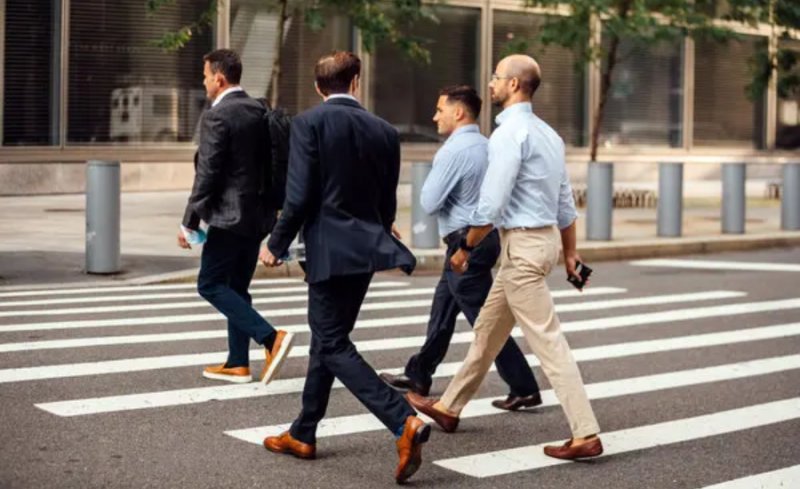
Wall Street is known for power, riches, and flair in the fast-paced, high-stakes world of finance. Wall Street’s success has been associated with a well-tailored suit for decades. However, as society changes, so does this historic financial hub’s fashion.
“The Fashionable Evolution of Wall Street: From Power Suits to Street Style” takes a fascinating look at Wall Street fashion’s rich history, changing trends, and the rise of individual expression in this traditionally conservative environment.
Wall Street fashion has changed dramatically since the power suit ruled. New fashion embraces variety, personal flair, and streetwear as professional attire blurs.
This essay analyzes the iconic Wall Street look and its impact on mainstream fashion. It then examines how modern Wall Street workers blend formal and casual clothes to express their identity.
As streetwear influences Wall Street, the story highlights its rise. Casual and athleisure elements are challenging stringent dress requirements, indicating evolving professional clothing attitudes.
Tech-driven fashion developments and smart wearables for traders and investors also impact Wall Street fashion. Start-up culture influences dress codes in the financial sector, blending classic and modern fashions.
This article discusses Wall Street fashion icons and influencers, sustainable fashion, and the balance between style and environmental responsibility.
As the story progresses, readers will learn about Wall Street fashion recommendations, attractive office environments, the value of accessories, fashion faux pas to avoid, and how art and culture impact Wall Street fashion. It also covers global financial centers and regional fashion trends.
Finally, the piece predicts Wall Street dress and banking culture.
“The Fashionable Evolution of Wall Street” guides finance and fashion professionals through the industry’s ever-changing style scene.
The Classic Wall Street Look
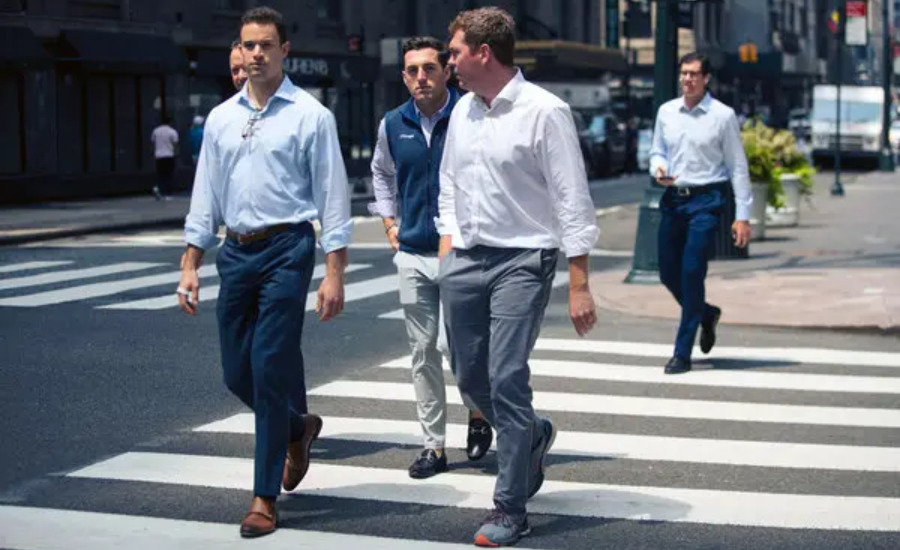
The Classic Wall Street Look has long represented power, refinement, and professionalism in the financial area. Wall Street’s renowned style shaped the fashion industry.
The Power Suit Era
A time when the classic suit ruled Wall Street fashion is known as the Power Suit Era. The conservative and formal atmosphere of Wall Street made the three-piece suit a uniform in the 1980s and 1990s. Wool suits had structured shoulders, wide lapels, and straight-cut pants. Men wore suits with fitted shirts, silk ties, and polished shoes. Women in male-dominated fields chose structured blazers, tailored skirts or trousers, and attractive blouses for power suits. Conformity and authority ruled this era.
Fundamental Elements of the Classic Wall Street Look
The financial district’s aesthetic defined the Classic Wall Street Style. Detail and tailoring were crucial for a sophisticated look. Pinstripes, herringbone, and navy, charcoal, and black were common. Subtle tie pins, cufflinks, and timepieces completed the look. Professionalism and confidence were stressed.
Wall Street Fashion Influences Mainstream Trends
Wall Street fashion influenced mainstream fashion. The Classic Wall Street Look inspired professionals across industries to dress for success. Men’s and women’s fashion adopted structured blazers, tailored pants, and refined accessories. Wall Street executives’ need for quality and craftsmanship influenced the luxury sector, with high-end goods catering to their tastes. The Classic Wall Street Look became a status symbol.
The Classic Wall Street Look symbolizes elegance and authority even as trend changes. This era’s effect on professional clothing remains now, even though fashion has changed.
Breaking the Mold: Modern Wall Street Fashion
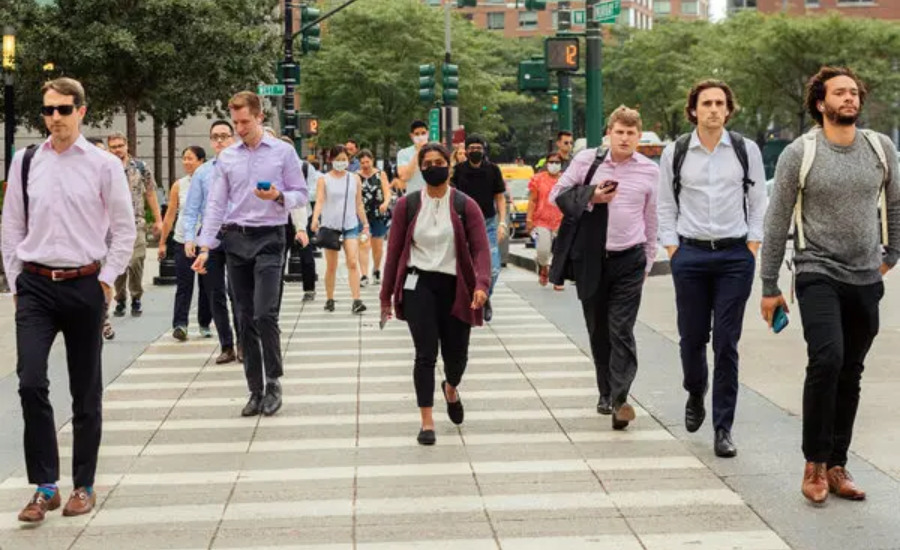
Wall Street attire has evolved from traditional clothing codes to a more modern, distinctive style in recent years. Wall Street’s fashion has changed due to the tech industry, workplace relationships, and work-life balance.
Wall Street fashion nowadays celebrates uniqueness. Professionals are expressing their personal style while still dressing professionally. The financial district now wears fitted jackets with jeans and sneakers.
Street style and casualwear have shaped Wall Street fashion. Formal and informal wear have blended, making dressing more comfortable. Wall Streeters wear athletic shoes, bomber jackets, and performance textiles.
Worker demographics also influence Wall Street fashion. A new generation of finance workers wants more self-expression and a break from tradition. Financial institutions have revised their dress codes and become more fashion-forward due to this trend.
Technology also influences Wall Street fashion. As the banking business digitizes, professionals are adopting tech-driven apparel and smart wearables. Modern Wall Street professionals wear smartwatches that track health and productivity and accessories that work with mobile devices.
Modern Wall Street dress is less conformist. It promotes originality, creativity, and comfort while being professional. As the financial business evolves, so will its professionals’ wardrobe, reflecting the desire to combine flair and function.
The Rise of Street Style on Wall Street
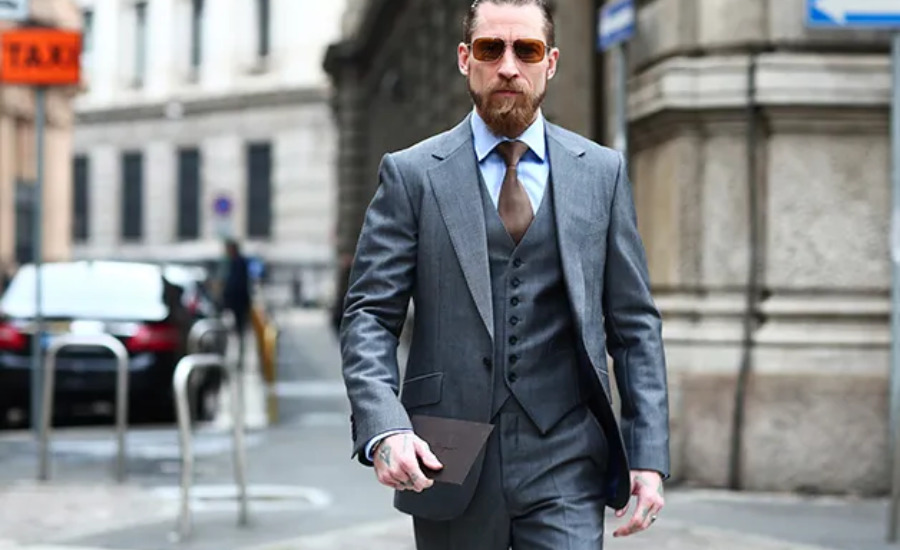
Street style has transformed Wall Street, formerly conservative. Streetwear, recognized for its urban and casual style, has entered Wall Street professionals’ wardrobes, upsetting dress norms and introducing a new sense of individualism into the financial area.
Streetwear Influence on Wall Street Fashion: Wall Street fashion is heavily influenced by streetwear. Urban youth culture has become mainstream among financial professionals. Streetwear like graphic t-shirts, hoodies, sneakers, and bomber jackets have made their way into Wall Street workers’ wardrobes, providing a modern touch. Streetwear and classic elements create a fresh, modern look.
Athleisure Elements and Incorporating Casual: Wall Street attire has evolved beyond suits and ties. The financial district has become more casual thanks to street style. Casual and athleisure workwear is becoming more popular. Professionals increasingly wear performance textiles, tailored blazers with jeans or chinos, and sneakers instead of dress shoes. This mix of casual and formal components provides comfort and flexibility without sacrificing professionalism.
Breaking Traditional Dress Codes: Wall Street dress codes have also changed due to street style. Financial organizations, historically noted for their stringent formal clothing, now enable employees to display their personal flair within limited bounds. The popularity of streetwear-inspired clothing and casual and athleisure components indicates a shift toward a more inclusive and modern workplace. Breaking clothing codes encourages Wall Street professionals to be honest and creative.
The Impact of Technology on Wall Street Fashion
Technology has greatly influenced Wall Street fashion, both in terms of style and function. Tech-driven fashion advancements have created smart wearables for traders and investors, allowing them to easily integrate technology into their clothes. Technology has changed how Wall Street professionals dress and work, from smartwatches that follow market data to clothes with embedded posture sensors. The banking industry’s start-up mentality has also brought a more informal and tech-forward style to fashion.
Wall Street Fashion Icons and Influencers
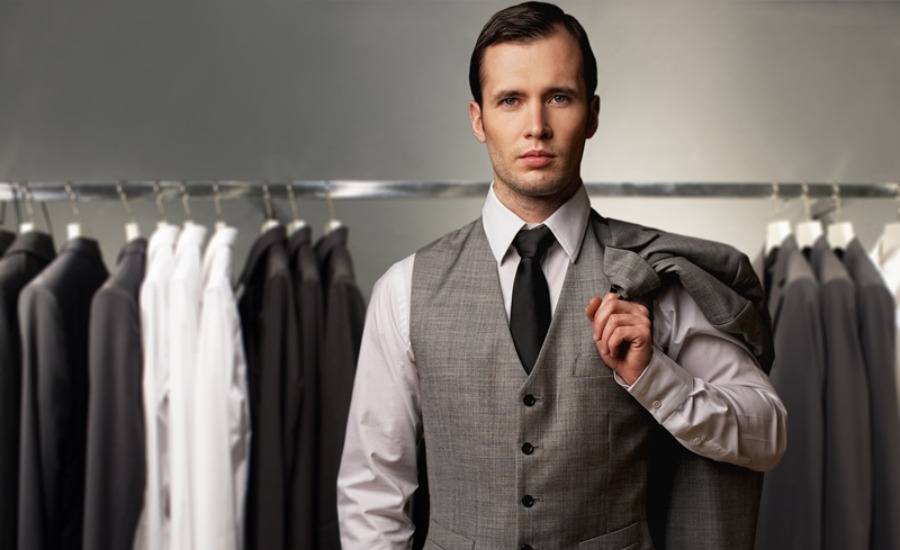
Wall Street fashion is shaped by trendsetters and influencers. These fashion icons, financial bloggers, social media influencers, CEOs, and industry leaders have influenced Wall Street professionals’ styles.
Setting Fashion Trends A. Notable Figures: Famous finance personalities are known for their business success and immaculate taste. They set Wall Street fashion trends by mixing classic and modern styles. They motivate people to explore their style while remaining professional with their impeccable appearance. They are fashion icons for experts in other fields.
Prominent Financial Bloggers and Social Media Influencers: Financial bloggers and social media influencers now shape Wall Street fashion. These influencers share fashion advice, wardrobe ideas, and financial district trends. They give a distinct viewpoint on how to navigate finance and fashion. These individuals inspire others to wear their unique style in the workplace by sharing their stories.
Fashionable CEOs and Industry Leaders: Finance CEOs and industry executives are noted for their business expertise and unique style. These professionals use their style to brand themselves. They show that fashion can influence and express itself by mixing old and modern aspects. Their wardrobe choices reflect financial sector trends and motivate others to dress boldly.
Sustainable Fashion in the Financial District
Sustainable fashion is gaining popularity in the business district. Wall Street professionals are realizing that sustainable fashion aligns with their ideals. Key points about sustainable fashion in the financial district:
- Ethical Sourcing: Wall Streeters choose ethical apparel brands. They prefer enterprises with fair pay, safe workplaces, and eco-friendly production.
- Eco-Friendly Fabrics: Sustainable financial district fashion uses organic cotton, hemp, and recycled materials. These materials are greener than ordinary fabrics.
- Circular Fashion: On Wall Street, circular fashion promotes clothing reuse, recycling, and upcycling. Professionals are investing in timeless, high-quality goods to reduce their need for repeated purchases.
- Conscious Consumption: Wall Streeters are becoming more fashion-conscious. They select versatile, durable pieces that can be dressed in several ways to reduce waste and overbuying.
- Impact Investing: Sustainable fashion includes personal style and investment decisions. Wall Streeters use impact investing to help sustainable fashion firms.
Wall Street executives promote responsible shopping and industry change by wearing sustainable clothes. This trend is part of a global sustainability movement.
Dressing for Success: Fashion Tips for Wall Street Professionals
Dressing for success is a crucial
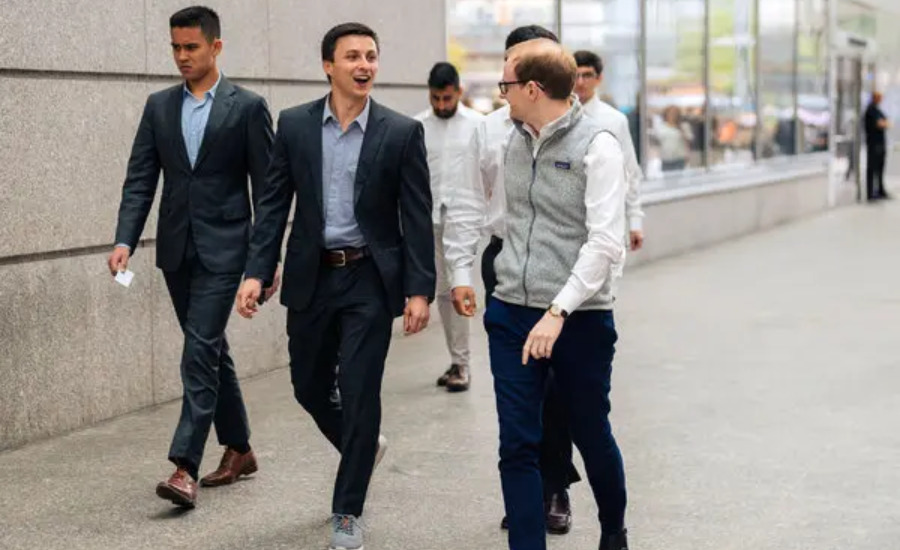
Wall Street’s competitive environment requires dressing for success. Your appearance can show confidence, professionalism, and detail. Wall Street executives can find fashion advice in this section.
Financial Sector Wardrobe Basics
Wall Streeters need a well-curated wardrobe. Professional clothing essentials include:
- Classic Suits: Buy classic navy, charcoal, and black suits. Choose high-quality fabrics and the perfect fit.
- Dress Shirts: Buy neutral-toned, fitted dress shirts. They match many suits and ties.
- Good Shoes: Buy traditional leather oxfords or loafers. Comfortable and well-maintained.
- Shiny Accessories: Tie, cufflink, and belt details matter. Choose classy and well-made.
Styling Tips for Different Work Environments
From corporate to startup, Wall Street has a variety of work environments. Here is some workwear fashion advice.
- The Traditional Corporate: Formal attire includes fitted suits, sober colors, and classic accessories.
- Business Casual: Combining fitted separates like blazers with dress pants or skirts creates a professional look. Wear collared shirts or blouses instead of suits.
- The Startup Culture: Maintain a sophisticated look by wearing well-fitted blazers, chinos or dark jeans, dress shoes, or clean sneakers.
Grooming and Presentation Etiquette
Your professional look depends on personal grooming and presenting etiquette. Consider these suggestions:
Clean and organized: Keep your clothes neat and wrinkle-free. Pay attention to hair and shoe polish.
Professional Hairstyle: Polished hairstyles complement your face shape. Don’t wear distracting hairstyles.
Simple Makeup: Makeup should be natural and professional. Heavy or theatrical makeup might detract from a professional impression.
Keeping Clean: Maintain proper personal hygiene by bathing, brushing, and using antiperspirant or deodorant.
In conclusion, Wall Street’s success needs deliberate and sophisticated dressing. By investing in critical wardrobe basics, adapting your style to diverse work contexts, and keeping perfect grooming and presentation, you may portray professionalism, confidence, and attention to detail that will last.
Fashion and Diversity on Wall Street
Wall Street celebrates variety in fashion. Professionals are seeing the value of diversified apparel that reflects many cultures, ethnicities, and identities. Diversity in fashion is a significant statement of the industry’s dedication to an inclusive workplace. Wall Street is becoming a location where professionals may legitimately express their personal style while breaking down established standards and fostering diversity and acceptance by honoring individuality and enabling a variety of fashion statements.
The Power of Accessories on Wall Street
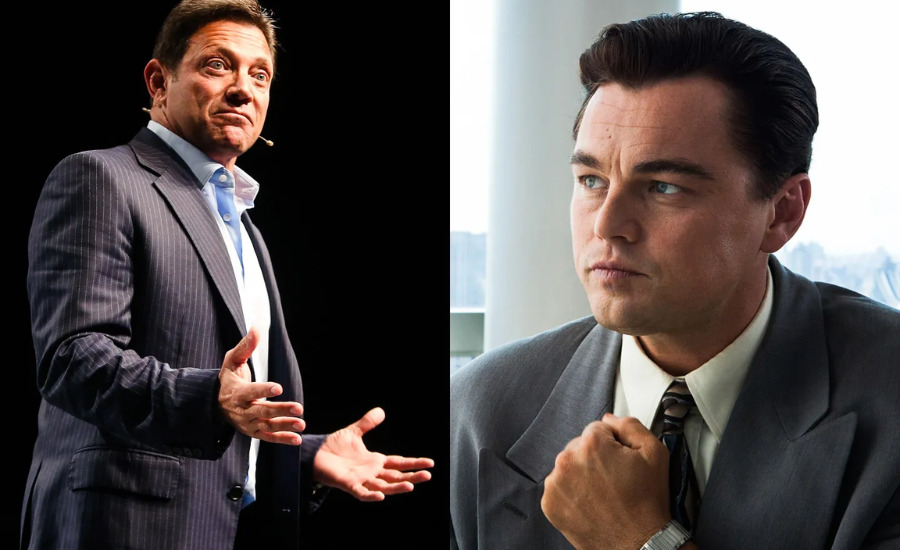
Accessories boost Wall Street fashion and create a statement. These accessories provide style, status, and attention to detail. Three accessory categories dominate the financial district:
Statement Jewelry and Watches
Wall Streeters like statement watches and jewelry. These items bring style and originality. Professionals may make an impact with flamboyant cufflinks, exquisite bracelets, and classic timepieces. Wall Street executives can look more refined, wealthy, and detailed with these accessories.
Luxury Handbags and Briefcases
Luxury purses and briefcases are Wall Street status symbols. High-quality leather bags represent professionalism and status to professionals. Hermès, Louis Vuitton, and Prada are popular for their craftsmanship and timeless designs. These items are both functional and fashionable, reflecting success and attention to detail.
Fashionable Tech Gadgets for Professionals
Wall Street employees need stylish digital gadgets as technology dominates the finance world. Professionals may show off their tech skills in flair with timepieces, laptop bags, and phone cases. These tech-fashion accessories reflect the finance sector’s innovation.
Wall Street Fashion Faux Pas to Avoid
Wall Street executives must avoid wardrobe mistakes that could damage their professional image. Avoiding these mistakes provides a professional image. Wall Street fashion mistakes:
Ineffective Fitting Attire: It’s unprofessional to wear ill-fitting clothes. Avoid tight or large suits, shirts, and skirts. Choose well-fitted clothes that enhance your figure.
Distracting or Excessive Accessories: Avoid overaccessorizing. Avoid loud or distracting jewelry and accessories in the workplace. Minimal and classy.
Inappropriate Footwear: Shoes may change your appearance. In business situations, avoid sneakers and sandals. Dress in polished dress shoes.
Offensive Clothing or Loud Clothing: Avoid provocative clothing. Professionalism and respect in the workplace are crucial. Choose timeless, professional items without contentious slogans.
Neglecting Grooming and Hygiene: Professionalism requires personal hygiene and grooming. Avoid messy hair, facial hair, and chipped polish. Keep clean, fresh-breathed, and tidy.
Wall Street employees may look confident and professional by avoiding these wardrobe mistakes. To make a good impression, dress for the industry and work environment.
Wall Street Fashion: Beyond New York City
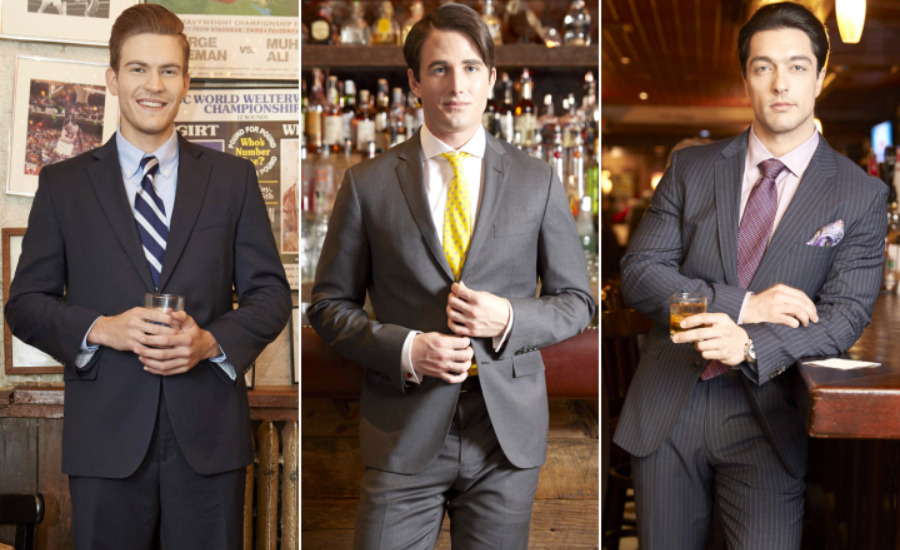
Wall Street fashion is generally associated with New York City’s busy financial district. Wall Street fashion reaches financial workers worldwide. Wall Street fashion has spread worldwide, reflecting each city’s culture and industry.
London, recognized as Europe’s financial center, has a unique style that blends British tailoring with modernity. British tailors make tailored suits for city professionals who value quality and refinement. London’s financial district fashion environment is varied and vivid, with professionals using colorful accessories and experimenting with patterns and textures.
In Tokyo, Avant-garde fashion dominates. Wall Street executives in this hectic city wear well-tailored suits and Japanese street style. Bold patterns, unusual fabrics, and surprising accessories combine workplace clothing with cutting-edge fashion trends.
Frankfurt, The German financial center emanates subtle elegance. This city’s professionals value clean lines, minimalist designs, and high-quality textiles. Neutral-toned suits with modest accessories rule fashion. The city’s precision and efficiency inspire polished simplicity and sophistication.
Hong Kong, A worldwide financial giant, blends Western and Eastern fashion. Like their New York counterparts, Wall Street professionals in this city dress well. Mandarin collars and cheongsam-inspired dresses show Chinese influence. Hong Kong’s dynamic, global fashion culture is a combination of classic and modern designs.
Wall Street fashion is also present in Singapore, Zurich, Sydney, and Dubai. While professionalism and sophistication remain constant, these locales inject their cultural characteristics into their wardrobe choices, creating a diverse and colorful tapestry of Wall Street fashion worldwide.
The finance industry’s interconnection and easy travel and communication have helped globalize Wall Street fashion. Financial professionals move between cities, discussing dress trends. Social networking has also helped Wall Street professionals globally find fashion inspiration and build camaraderie.
Workplace changes have also inspired Wall Street fashion outside New York City. Remote work and flexible workplace cultures have allowed professionals to dress casually while yet seeming professional. Casual Fridays, smart casual clothing regulations, and athleisure have increased workplace comfort and self-expression.
Wall Street fashion is inclusive and diverse beyond New York City. Professionals from diverse cultures, genders, and identities are pushing standards and redefining professional clothing. These global financial centers’ fashion scenes are getting increasingly diversified, reflecting the banking industry’s multiculturalism.
Finally, Wall Street fashion stretches beyond New York City to financial cities worldwide. London’s varied style, Tokyo’s avant-garde fashion, Frankfurt’s understated elegance, and Hong Kong’s Eastern-Western mix give Wall Street fashion its distinct flair. Globalization of finance, ease of
Future Trends in Wall Street Fashion
Wall Street Fashion Predictions
Wall Street fashion’s future has been predicted due to fashion’s constant change. One prediction is that professionals will wear more versatile and adaptive clothes to transfer from work to social activities. Sustainable and ethical fashion, using eco-friendly materials and manufacturing procedures, is another prediction. Traditional tailoring with current aesthetics will provide a fresh and dynamic look for Wall Street professionals, according to experts.
Technology’s Effect
Technology will transform Wall Street fashion. Wearable technology will improve functioning and give experts real-time data. Immersive shopping and virtual fitting rooms may also use VR and AR. High-performance, wrinkle-resistant, and moisture-wicking fabrics for Wall Street workers will be developed as fabric technology advances.
Fashion’s Impact on Wall Street Culture
Fashion has always influenced culture and self-expression. Fashion will influence Wall Street culture by fostering diversity and inclusivity. Professionals will break dress codes and express themselves more in the workplace. Gender-fluid and unisex attire will help create a more inclusive and gender-neutral environment. Wall Street fashion will represent industry ideals and attitudes by promoting diversity and questioning stereotypes.
Conclusion
Wall Street fashion is global and ever-changing. Wall Street employees know the necessity of dressing professionally, from classic power suits to today’s various fashions. Fashion on Wall Street showcases the industry’s professionalism and attention to detail while allowing self-expression and cultural impact. We foresee innovative Wall Street fashion trends in the future. The current Wall Street professional’s fashion preferences are changing, from adaptable and ecological apparel to technology and variety. Wall Street fashion is global, representing each financial center’s culture. It shows how globally linked finance professionals are.


